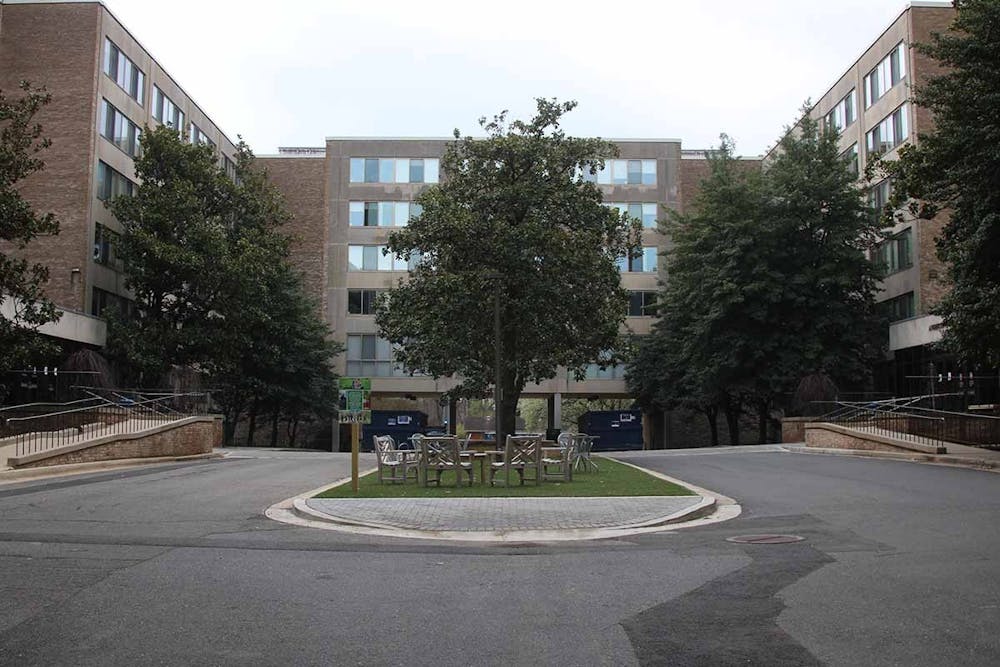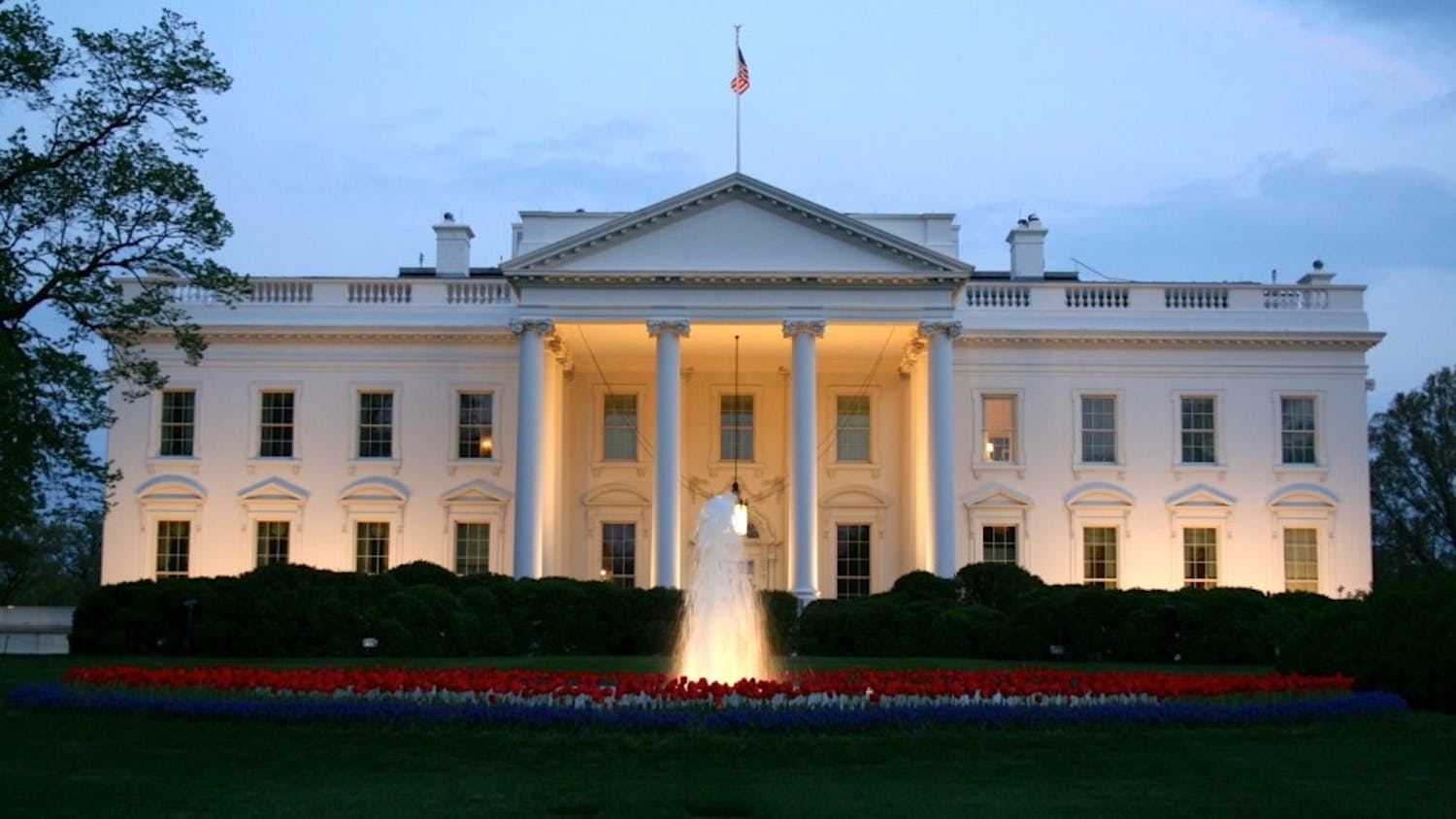American University required a wave of testing across four floors of three separate residence halls after two students tested positive less than one week into the fall semester, Chief Communications Officer Matthew Bennett confirmed in an email to The Eagle Friday.
AU’s affiliate notification team alerted hundreds of students to what they termed a “cluster” of COVID-19 cases and close contacts living on the fifth floors of Anderson and Letts Halls and the third and seventh floors of Hughes Hall by email Thursday afternoon. The University did not define how it classifies “clusters.”
While University policy stipulates that just those who came into close contact with the infected individuals be notified and tested, the extension to the 265 people living on the affected floors via AU’s proximity notification process was made “out of an abundance of caution,” Bennett said. “The vast majority” emailed were not in close contact.
“Proximity notification is for individuals who do not necessarily meet the threshold of a close contact but are known to share a physical setting for a prolonged period with someone who has tested positive,” Bennett said. “This additional health measure not only helps to identify potential COVID-19 cases, it provides individuals with important information to manage their own health and activities.”
The Centers for Disease Control and Prevention defines a close contact as someone who was within six feet of an infected person for 15 minutes or more within two days before the onset of the illness, regardless of whether the contact was wearing a mask. Those in close contact with the two positive cases were notified directly, according to Thursday’s email.
“In the early days of the semester, with community members arriving from around the country and the world, we are taking these steps out of an abundance of caution,” Bennett said.
Students living on campus who test positive for COVID-19 are relocated to University isolation housing, according to AU’s health and safety page. Those who came into close contact with the infected person are contacted by an AU Covid Case Coordinator with information about testing and next steps, Bennett said.
If those exposed are vaccinated, they do not need to isolate, but must get a test within three to five days of the exposure, according to the University’s health and safety page. Fewer than one percent of students are unvaccinated, The Eagle previously reported.
“Even with such high vaccination rates, in the current state of the pandemic, COVID-19 cases are expected and will continue to occur,” Bennett said. “Most breakthrough cases are not severe, and it is important to consider additional factors, such as the severity of illness and hospitalizations. The existence of cases is not the primary metric.”
AU plans to launch a fall COVID-19 data dashboard Tuesday, Bennett confirmed.
“How we respond, both individually and as a community, is key,” he said. “We have to consider other factors, including severity of illness and hospitalization, as we know most breakthrough cases in highly vaccinated communities are not severe. Our high vaccination rates and comprehensive health measures are key to keeping our community safe.”





